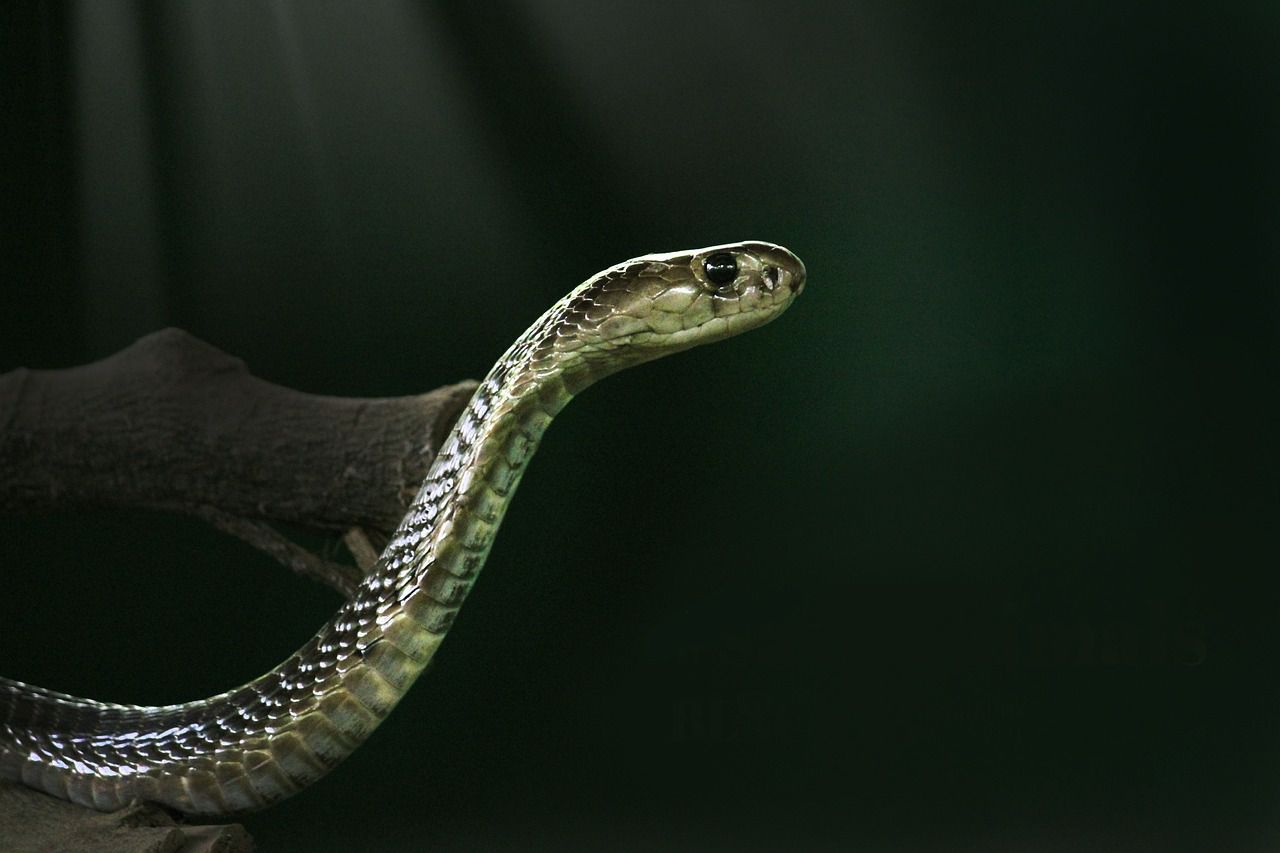Popular myths about venomous snakes: Learn more about wildlife
Venomous snakes have long been the subject of myths and misconceptions.
These myths often contribute to fear and misunderstanding of these creatures.
Here are some popular myths about venomous snakes.
All Snakes Are Venomous
This is one of the most common misconceptions.
In reality, the majority of snake species are non-venomous.

Venomous snakes are the exception, not the rule.
Venomous Snakes Always Look Distinctive
While some venomous snakes have distinct markings or colors, others can be quite cryptic in their appearance.
Relying solely on appearance to identify venomous snakes is unreliable.
Rattlesnakes Rattle Before Striking
While rattlesnakes are known for their rattles, they don't always rattle as a warning before striking.
In some cases, they may strike without warning.
All Venomous Snakes Deliver Fatal Bites
While venomous snake bites can be dangerous and even deadly, not all bites result in fatalities.
Prompt medical treatment can significantly reduce the severity of the envenomation.
You Can Suck Out Venom
The idea of sucking out venom from a snakebite is a myth perpetuated by Hollywood.
In reality, this can do more harm than good.
The best course of action is to seek immediate medical attention.
Venomous Snakes Are Always Aggressive
Most venomous snakes prefer to avoid humans and will strike in self-defense when threatened.
They are not inherently aggressive.
Venomous Snakes Are Useless
Some people believe that venomous snakes serve no ecological purpose and should be eradicated.
In reality, they play essential roles in ecosystems by controlling prey populations and contributing to biodiversity.
